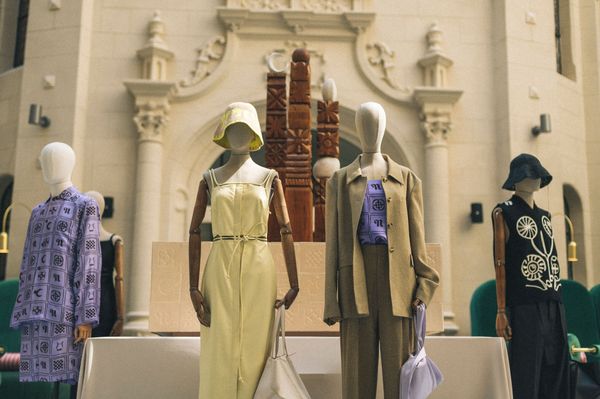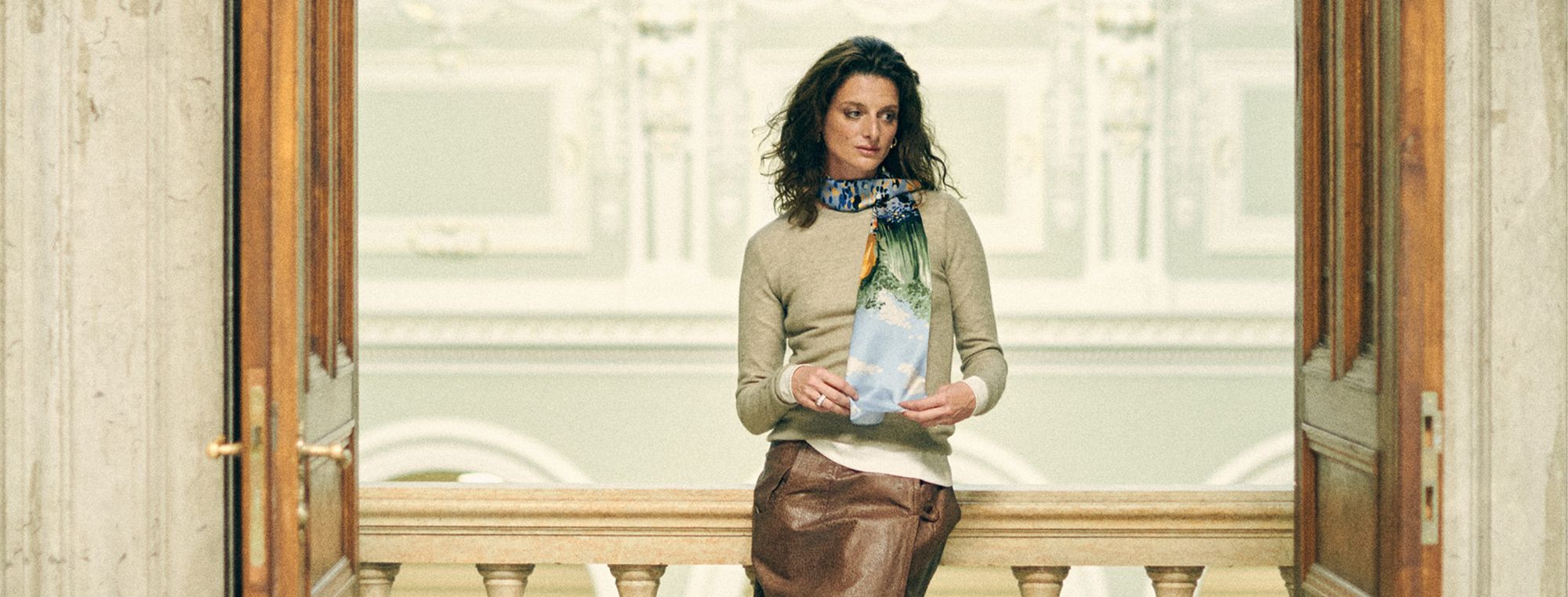VYF is the first Hungarian silk scarf brand, which has been dazzling fans of the genre for almost 10 years. Their latest collection, Ordinary Paradises, was presented at an exclusive evening at the Museum of Fine Arts Budapest. The signature accessories for Autumn 2023 capture the evergreen themes of Renoir’s impressionist paintings, filtered through the contemporary and generational perspectives of designers, and rendered through silk, a timeless material that has embodied refined beauty for centuries. The four patterns bring together Paris of the turn of the century and Budapest of today—bohemian and vibrant.
Ordinary Paradises made its debut at the Museum of Fine Arts on the eve of the public opening of the first Hungarian exhibition to pay tribute to the French painter. Featuring four different patterns in three sizes, the collection was created in collaboration with independent curator and art advisor Lili Horváth. The collaboration between the Múzeumshop and VYF is not without precedent, as their first joint collection inspired by the works of Matisse papercut was presented last summer.
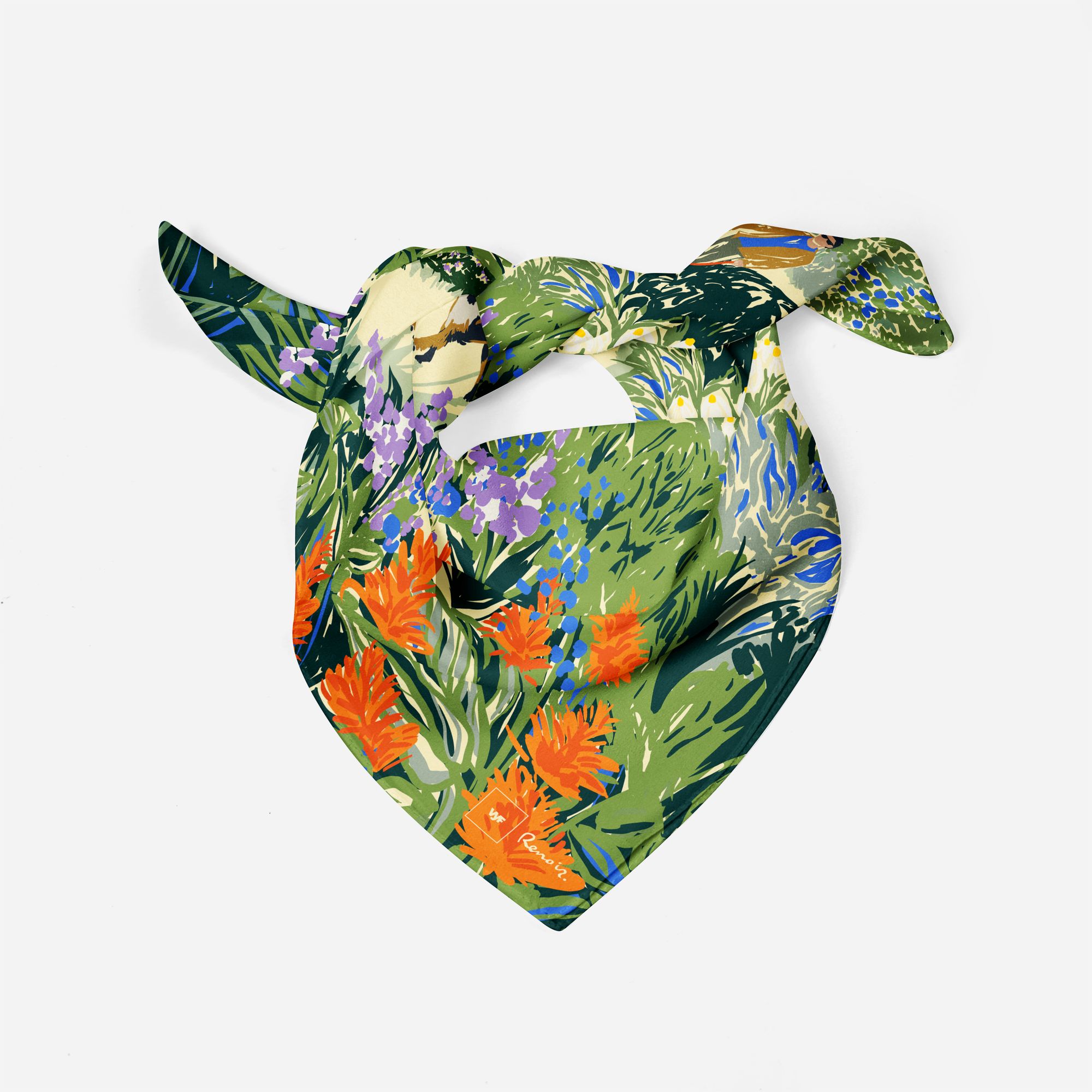
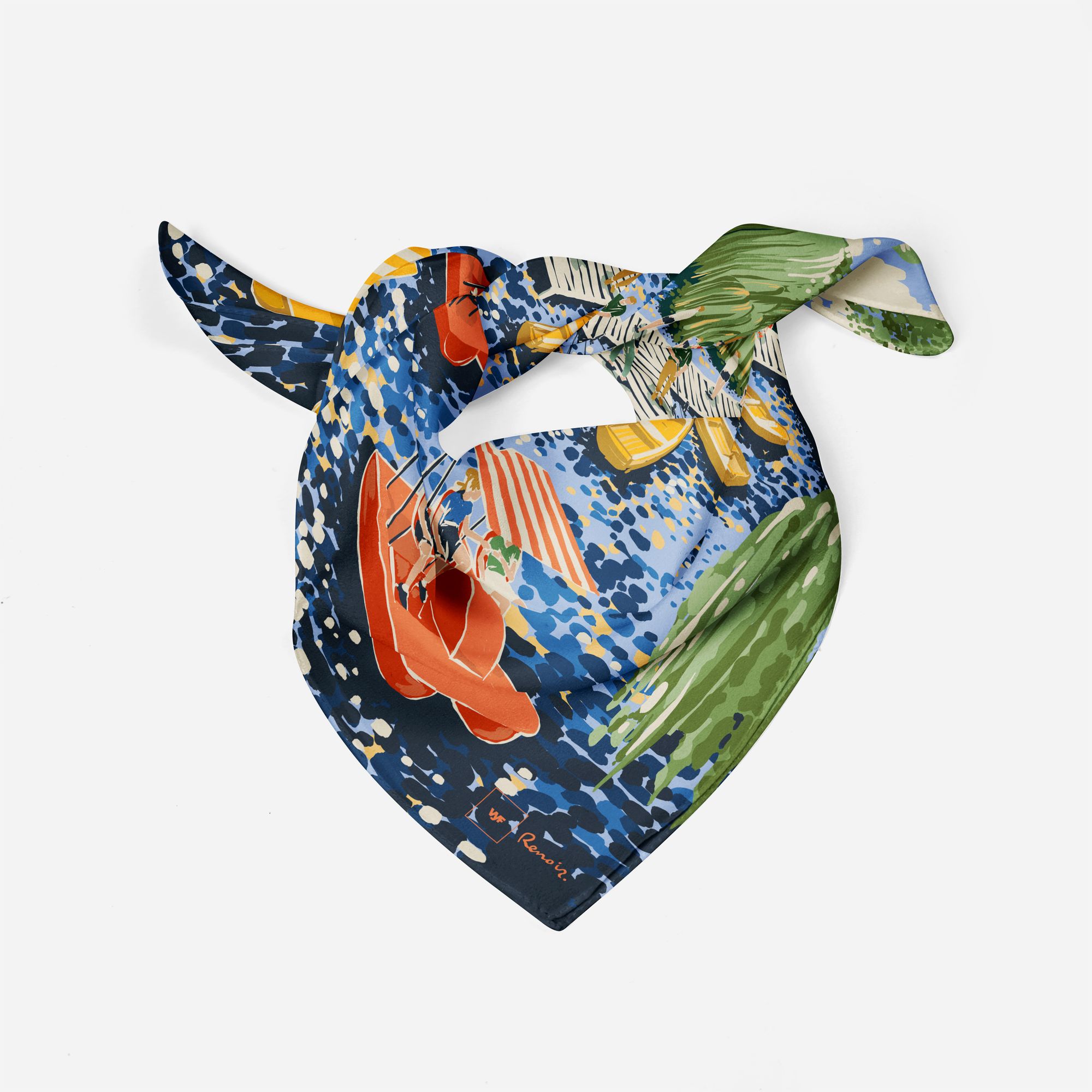
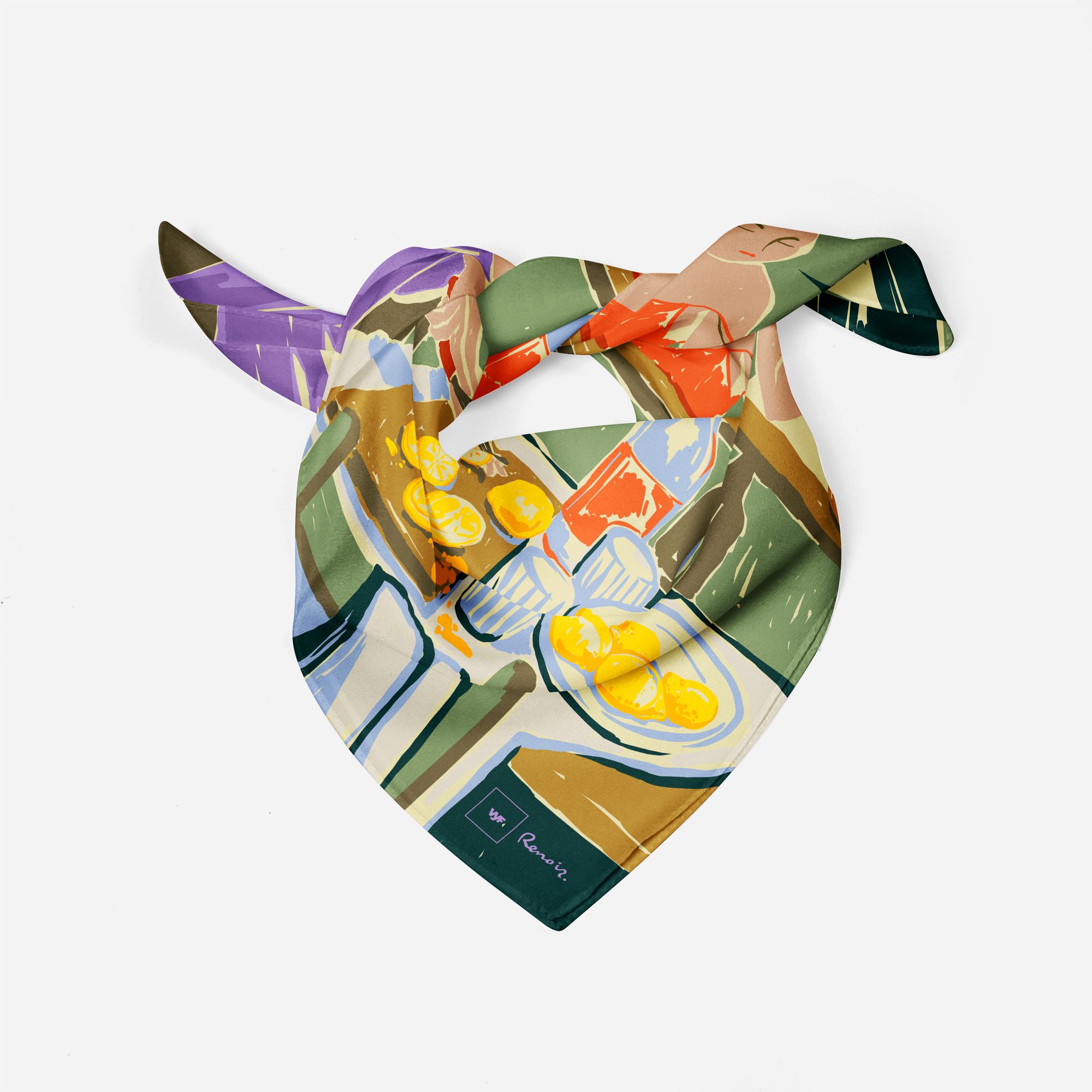
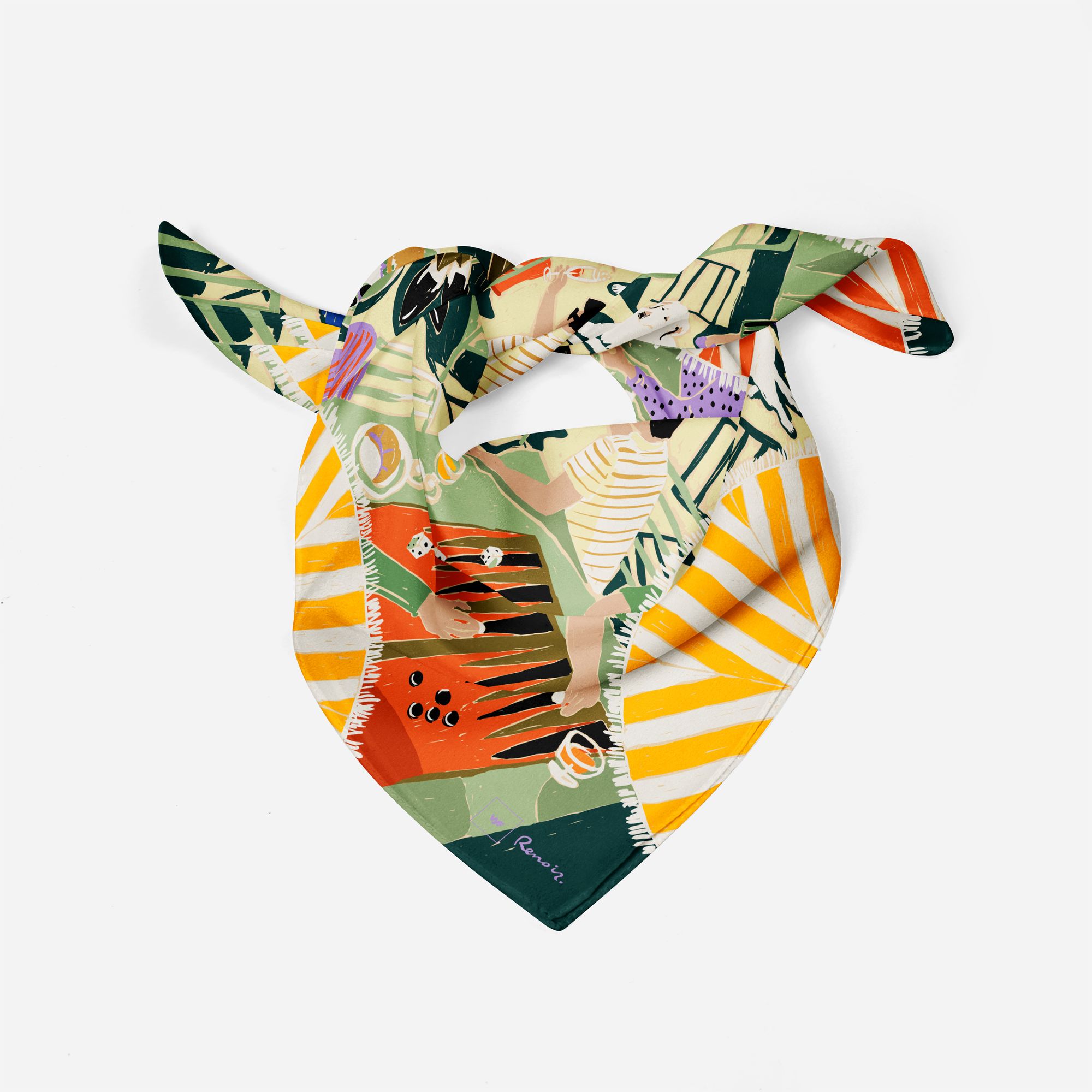
Each of the four scarf designs reveals a different story, harking back to works such as Two Young Girls at the Piano, La Grenouillère, Woman with a Parasol in a Garden, or the sketches for Bal du Moulin de Galette, as well as Luncheon of the Boating Party from the Phillips Collection in Washington, DC (and also known from the movie Amélie). The approach behind the different narratives is the same: a distinctly millenial adaptation of the fête galante, a painting genre that can be traced back to 18th century Rococo and rediscovered and renewed by Renoir. By embracing the contemporary notion of the holiday and its generationally defining meanings, the collection’s patterns intentionally capture everyday situations rather than festive occasions in the classical sense. These are so seldomly get to savor that they actually become the most precious ones turning into moments of genuine fête, the little paradises of everyday life, offering a serene retreat, even for a short time, in the constant hustle and bustle.

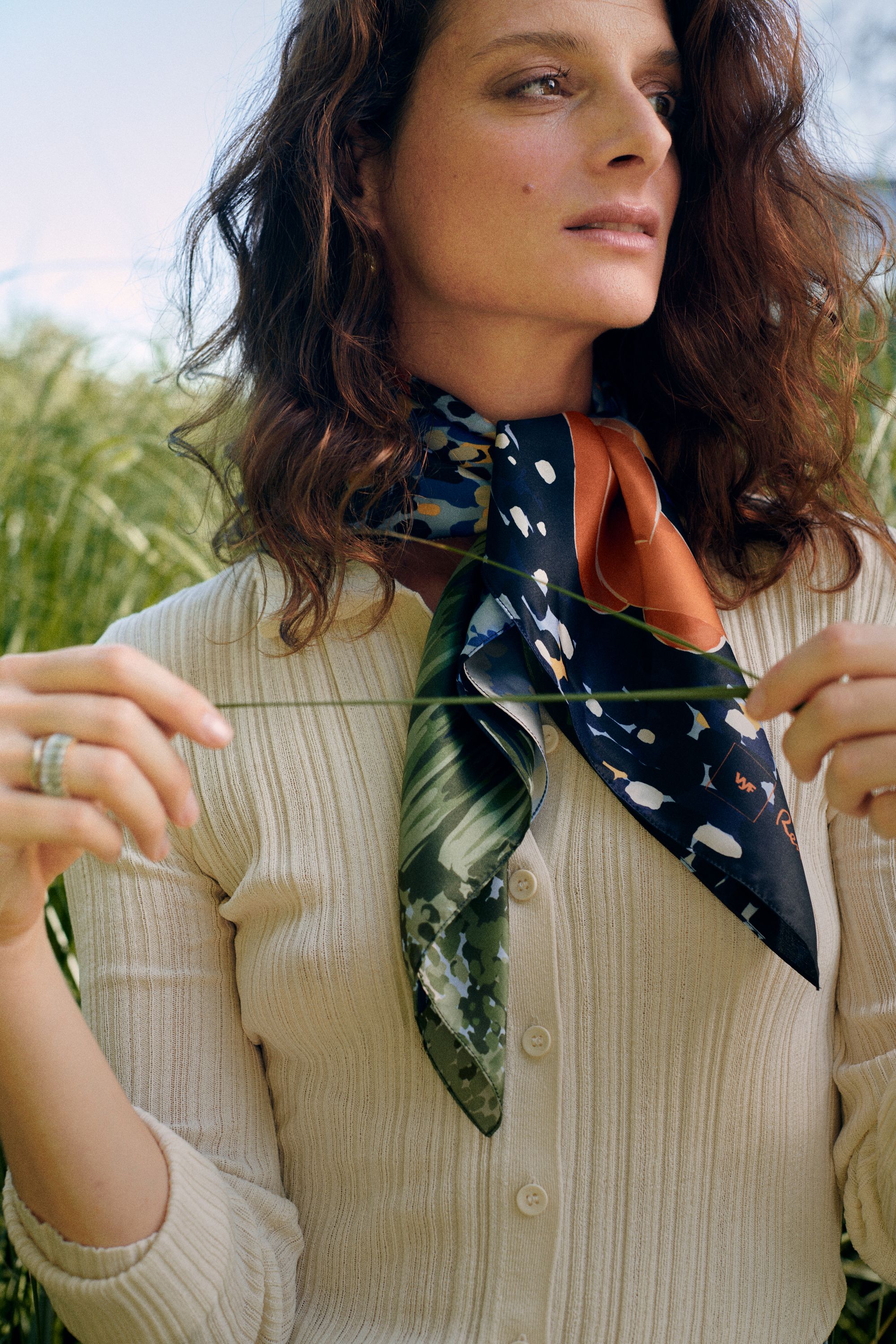
As Lili Horváth, the artistic director of the project and the collection, said in her welcoming speech, Renoir was a painter who sought the eternal human themes behind the ever-changing trends and forms of expression, which he discovered in the simplest situations of everyday life. He was convinced that the time of the great classical compositions was over and that everyday life was more exciting, “because the eternal content of life is given by trivialities”, recalled the recollections of the painter’s son Jean Renoir. It was art that he found truly extraordinary and endearing, and he himself strove to create works that gave a sense of eternity without proclaiming it.

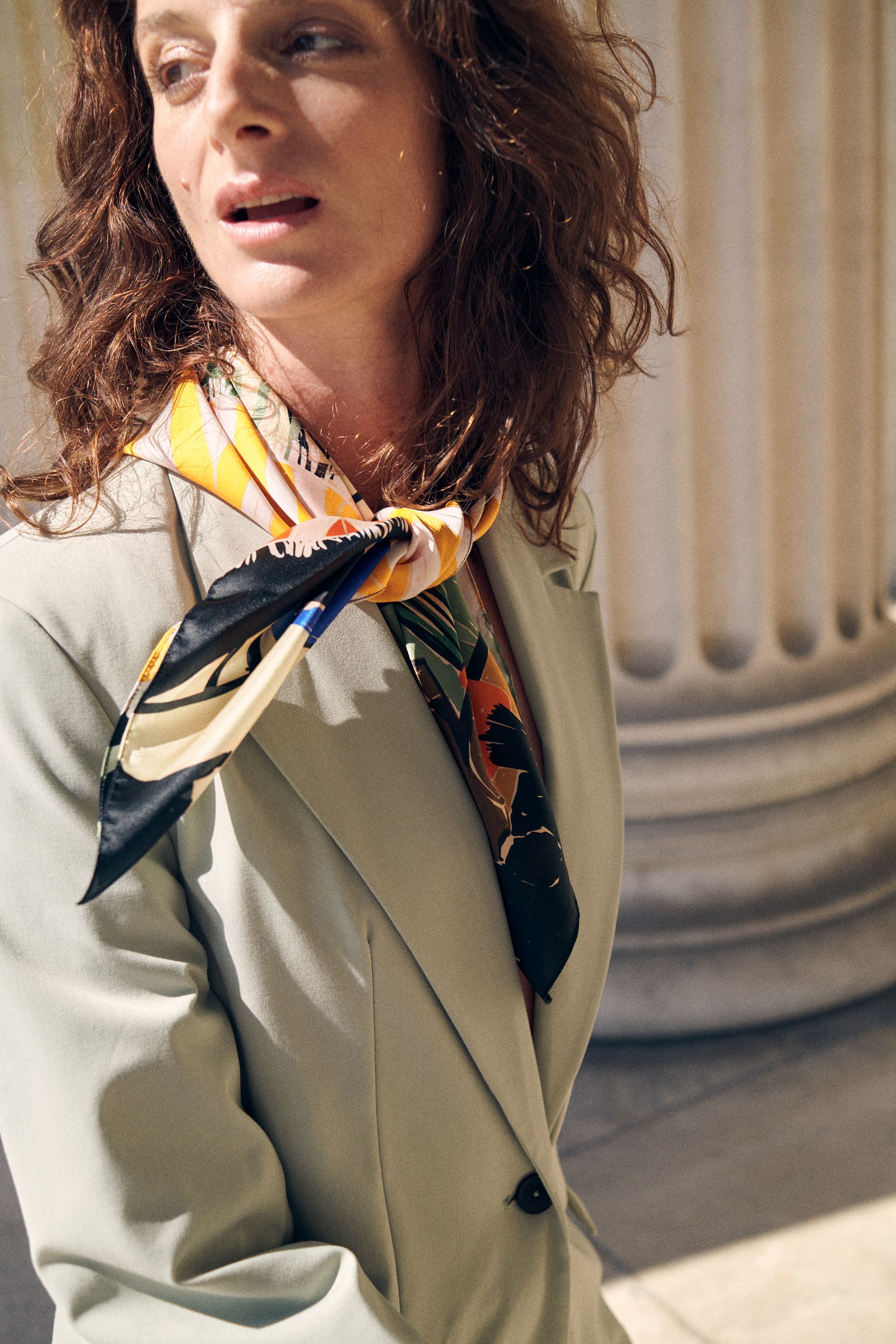
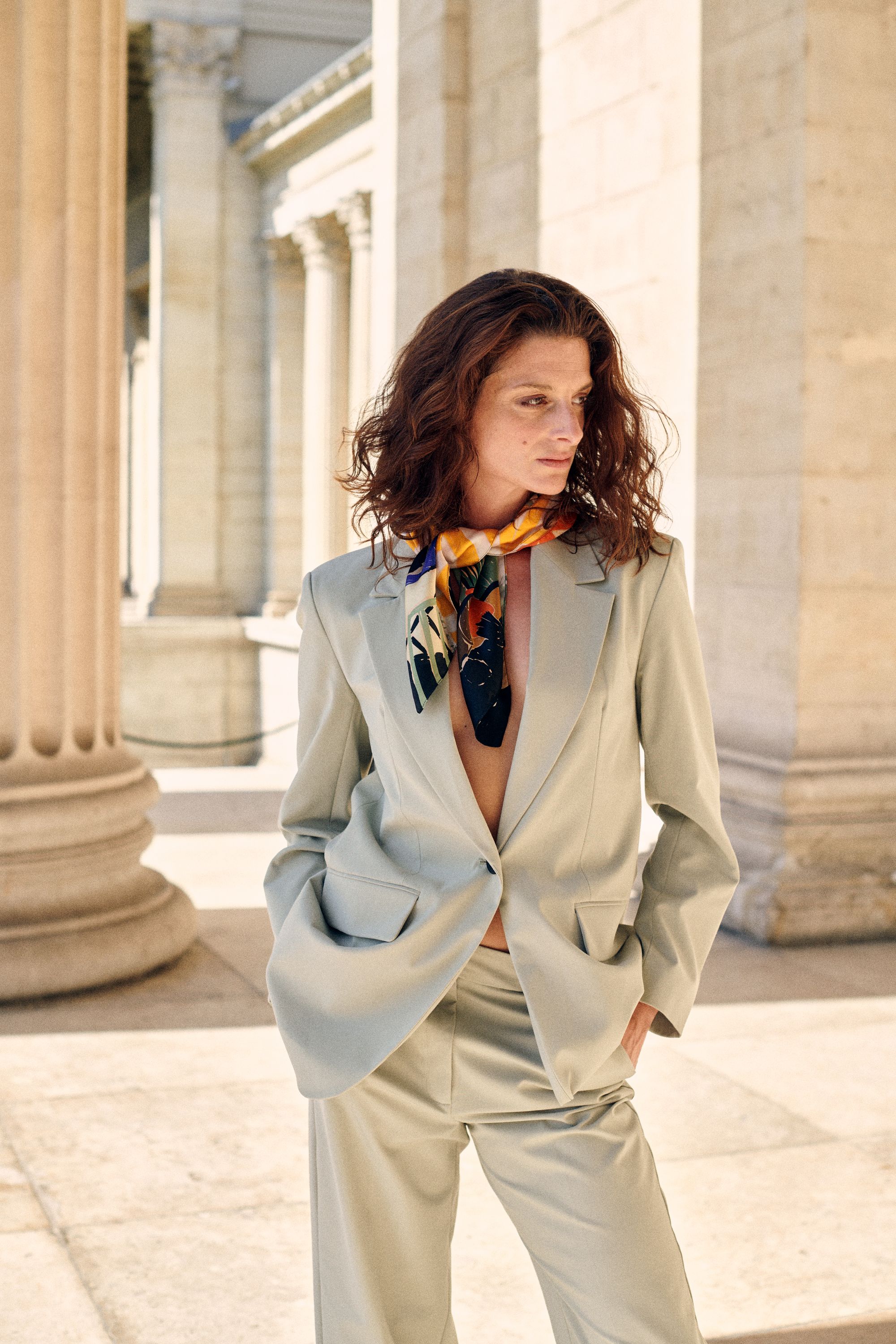
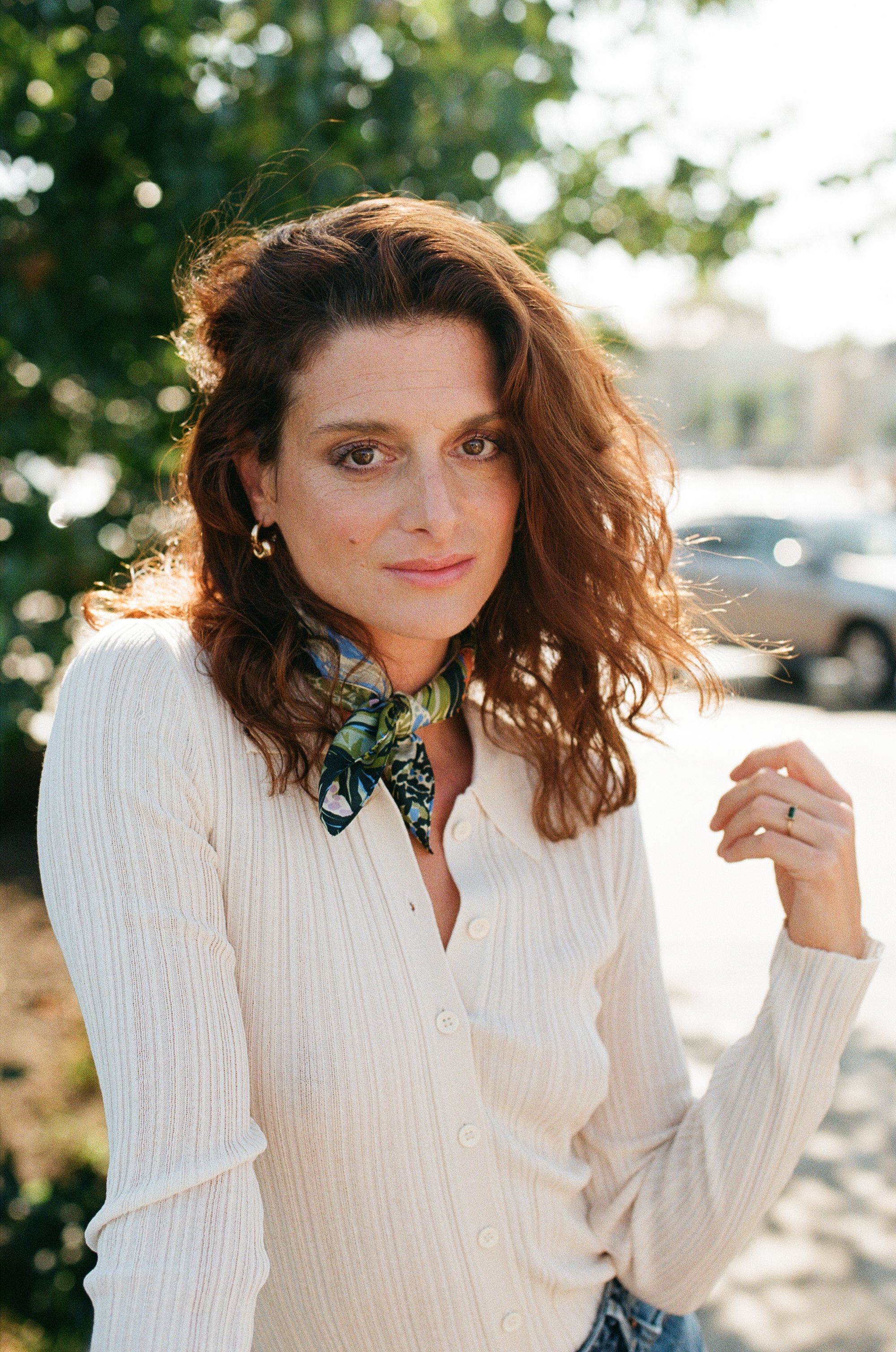
Unlike most of his Impressionist contemporaries, Renoir was always intrigued by the human figure, and his art was driven by the figure and the desire to integrate his models into the landscape, leaving the interiors of homes and studios. Thus, one of the most popular themes of his lively, animated, and light-hearted paintings became the portrayal of people enjoying their leisure time or just having breakfast in Paris and its suburbs. Another characteristic of Renoir’s approach to painting—whether in comparison with his contemporaries or with the great painters of the generations after him—was that his figures were never randomly placed close to each other on the canvas, but that the people and often the dogs (for the French master was particularly fond of dogs and dedicated many of his paintings to them) were always linked by a close and intimate relationship.
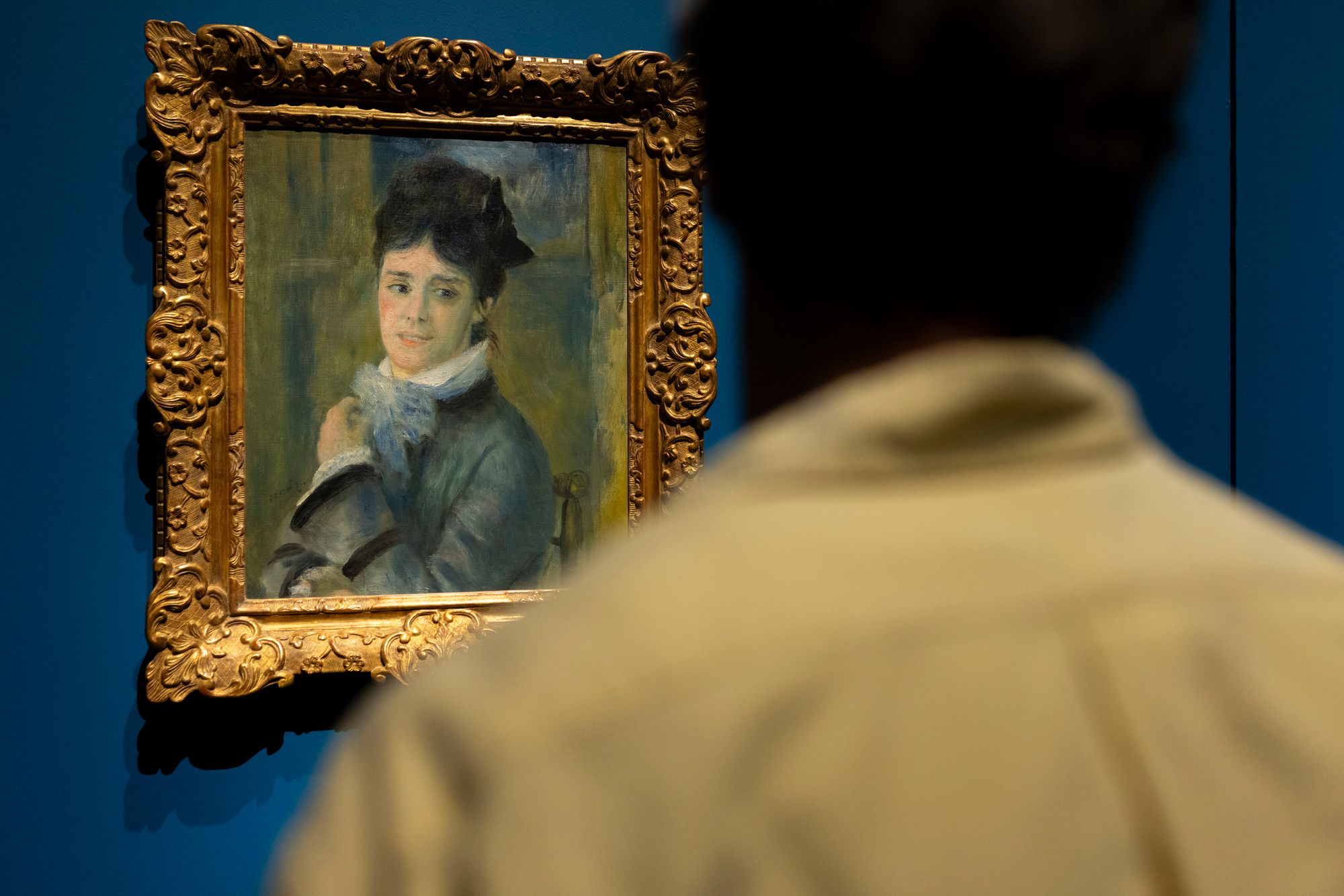
VYF’s silk surfaces thus reveal both intimate and communal scenes in the comfort of a home and imaginary urban spaces, with details that evoke both the French and Hungarian capitals.
When Viola Balázs and Tamás Szécsi founded VYF in 2014, they had no idea that their love project and brand would soon grow into the leading contemporary silk scarf brand in Central Europe. The design is 100% Hungarian and the scarves are handmade in Como, Italy, from pure premium silk. Once you get a feel for this accessory, at once sophisticated and playful, traditional and timeless, yet bold and characteristically contemporary, you become a fan—and most of the time, a collector beyond redemption.
model: Adél Jordán
photo: Ádám Földi
photo assistant: Szebasztian Szoláth
styling: Lúcia Várai
makeup: Nóra Belovai
Source: Press release

AI is a tool we can learn a lot from—Interview with media artist David Szauder

Worldleaders from nearly sixty countries will participate in the 32nd Economic Forum
